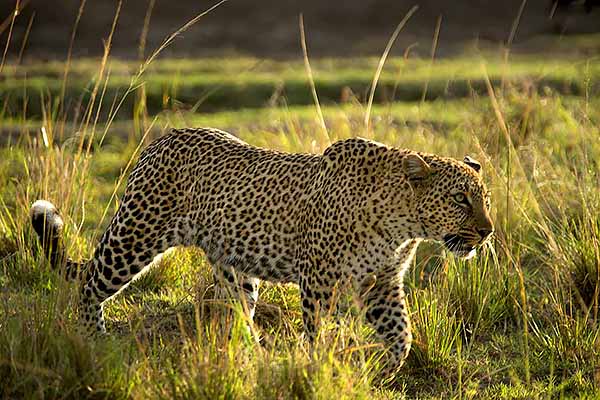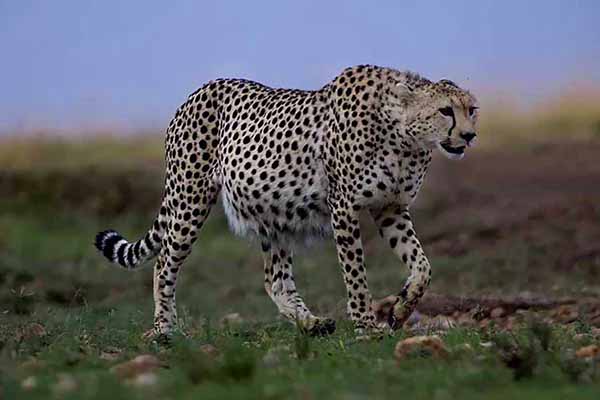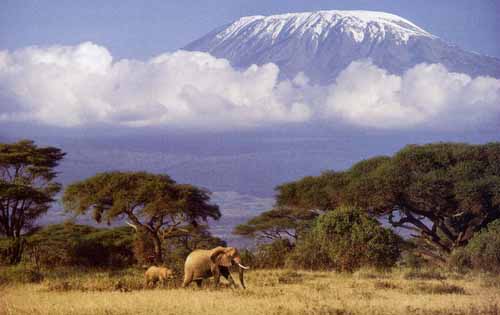Kenya Photo Safari – 3 Parks plus Optional 4th
with Roger Devore
11 Participants
Typical Workshop Schedule Fees and What Is Included Payment, Discounts, Cancellation, Refund Policies What to Bring
Return to Schedule of Offerings Return to Roger Devore’s Bio Page
For a bunch more images from our 2010 trip. click here.
Kenya Trip
3 Areas: Samburu, Lake Nakuru, & Masa
February 24 – March 11, 2019
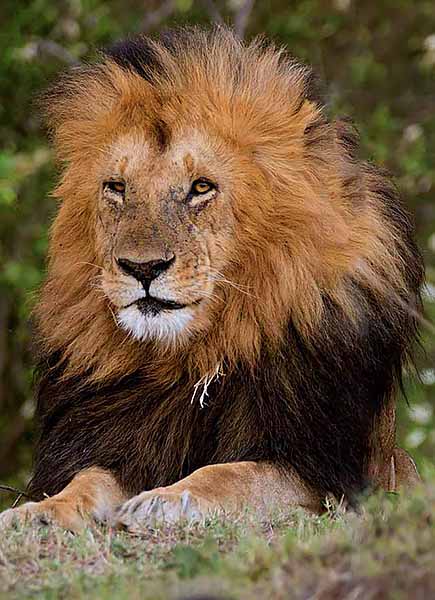
After several years of enthusiastic encouragement from our friend Jack McLeod, I finally traveled to Kenya for my first safari in January, 2007. What I found was wildlife that surpassed anything that I had ever imagined. Through Jack’s experience and leadership, we visited three separate locations and observed and photographed all the famous African species and many others that were just as intriguing from a photography stand point. Every day in each location was different and we were constantly stopping to photograph new wildlife in new situations. Since 2007, I have returned to Kenya several more times for additional trips. Each trip was an adventure unsurpassed by anywhere else I have traveled. I expected the mammals in Kenya to be unsurpassed, but what surprised me was the incredible bird photography opportunities. The landscape also offers wonderful sunrise and sunset images. Based on my experiences and guides recommendations, I have decided there is no bad time to visit Kenya. We are visiting at a prime time for numerous young animal babies and smaller crowds compared to the summer months. Following are all the details for this once in a lifetime trip.
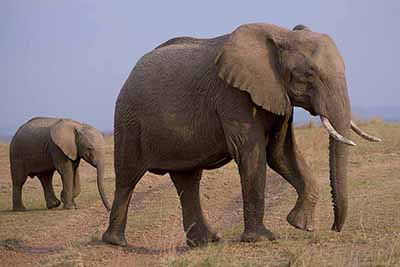
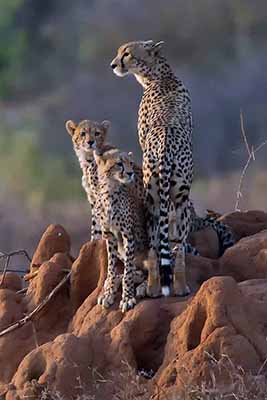
Kenya is a country about the size of Texas that has preserved much natural land in reserves and parks. It is unique from a conservation stand point because they allow no hunting in the country. We will visit three of the very best areas in the country. We will start out in Samburu National Reserve northwest of Nairobi. This reserve is a wonderful location to find the ever illusive leopard. There are also large numbers of elephants in the Samburu and the area also has five species that are not found anywhere else on our trip: gerenuk gazelle, reticulated giraffe, Grevy’s zebra, Beisa oryx, and the Somali ostrich. From the Samburu, we will next travel south to Lake Nakuru, an area famous for birds.This is also wonderful country for rhinos (both white & black). Our last stop will be the crown jewel of Kenya, the Masai Mara. This is the best of big cat country with cheetahs and lions seen daily and leopards also frequently found. Elephants are also very abundant in the Mara,
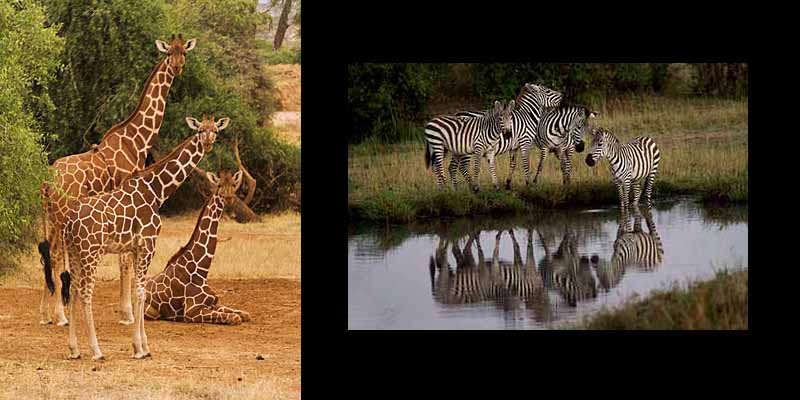

Schedule of Our Trip
Feb 24 – depart U.S.
Feb 25- arrive in Nairobi, we will be met by our safari outfitter and taken to the Karen Blixen (of Out Of Africa fame) Cottages in a Nairobi suburb to overnight.
Feb 26- Feb 28 – Samburu Reserve, we will travel from Nairobi to Samburu. We will spend three nights in Samburu.
Mar 01 – Mar 02 – drive to Lake Nakuru. We will spend two nights at Lake Nakuru.
Mar 03 – Mar 04 – drive to Mara and spend two nights at first Mara location.
Mar 05 – Mar 09 – move to a different location in the Mara (Mara Intrepids) and spend five more nights.
Mar 10 – fly back to Nairobi. Day room at Karen Blixen Cottages. Depart that evening to fly home. Our drivers will drop us at the airport.
Mar 11 – arrive back in U.S.
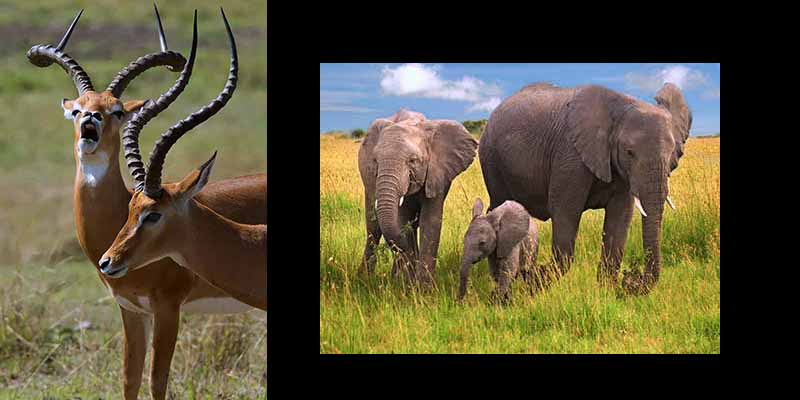
 More Details
More Details
At some locations, we will stay in tent camps, but to call these quarters tents is a grave injustice. They do have canvas sides, but these tents are very large, they must be at least 10 foot height on the inside. They are built on wood decks with a hard floor and thatched roofs that cover the entire tent. Additionally, each tent has its own bathroom with a shower and flush toilet. All the tents also have four poster beds and electricity. These camps preserve the old safari tradition and also have the benefits of a modern motel. Each morning your wake up call will be someone delivering coffee, tea, or hot chocolate to your room. In other locations, we will also stay in more conventional lodges very similar to those back home, but most prefer the tent camps.
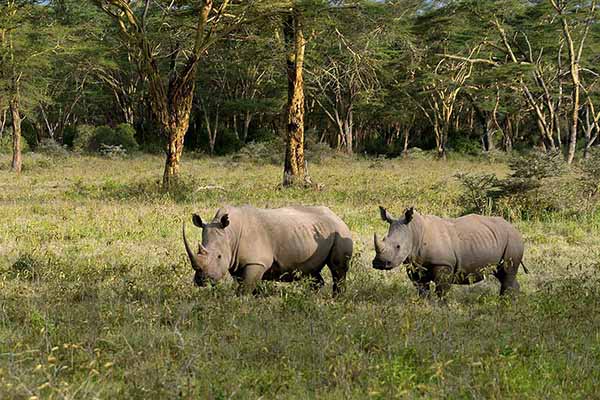
We will travel in very versatile, specially modified Land Cruisers . These vehicles are designed for eight passengers plus the driver, and many trips fill them up with people. We will put three photographers in each vehicle. Each person will have his/her own row of seats to spread out with camera gear. Additionally, each person will have their own overhead hatch to work from. This allows a full 360 degree view for photographing, no matter where the subject is located. The Land Rovers are four wheel drive and very ruggedly built to handle mud and river crossings. The animals are accustomed to these vehicles being around in the parks and basically ignore them. It is not uncommon for a lion to walk right up to the van. Much of the expense of this trip is due to the limited number of people we have in each vehicle, but this configuration provides the very best photographic opportunities.
The single most important ingredient for a successful photo safaris are the guides and our drivers/guides are among the very best in Kenya. I have used the same guides each trip and am convinced they are why our trips have been so successful. Each of them is licensed by the country and have over twenty years of experience. Besides being skillful drivers in every situation, they are also all extremely knowledgeable about all the wildlife that we will encounter. They are eager to answer any questions and always ready to position the vehicles for the best light and location for each photograph. We have hand picked the guides for photo safari experience and we know them for our prior safaris. By the time you leave to head for home, you will have new Kenyan friends that have led you during you stay. On one safari, the persistence of our drivers got us thirty minutes of unobstructed photography with a leopard. At one point, there were at least ten different vans looking for this leopard, but all the other vans except ours gave up and left before the leopard appeared from its hiding place. The experience of our drivers made for some wonderful leopard images.

A typical safari day starts at 6:30 am as we depart camp for sunrise and the warm early morning light. Our drivers will usually bring along a box lunch for each of us for breakfast and we will stop and eat sometime during the morning. We will continue to photograph until around 11:00 – 12:00 pm. When the sun gets high and the light gets bad, we will return to camp to down load, recharge, and have lunch. There is also time for a swim at the camp pool or a nap. At 4:15 pm, we will meet again at the vehicles and head out for our second game drive. This one will be shorter and we will be back at camp soon after sunset at around 6:30 pm. We will then have dinner and coordinate our next morning wake up call.
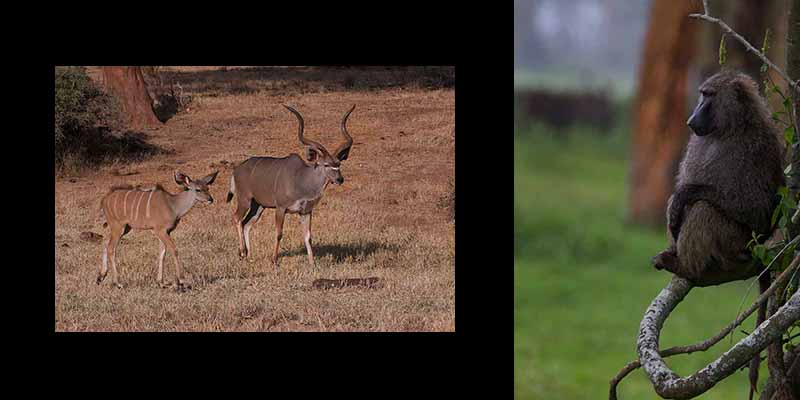 Some species we are likely to see and photograph:
Some species we are likely to see and photograph:
- leopard, lion, cheetah, elephant,
- rhino, giraffe, zebra, buffalo,
- wildebeest, baboon, dik-dik, waterbuck,
- oryx, hippo, impala, Thompson’s Gazelle,
- warthog, hyena, jackal, bat eared fox,
- topi, eland, gerenuk, Grant’s gazelle, and many others
- Birds:
- ostrich, flamingo, fish eagle, bee eater,
- spoonbill, ibis, grey heron, lilac breasted roller,
- weaver, pelican, guineafowl, Egyptian goose,
- hornbill , kori bustard, tawny eagle, bateleur,
- snake eagle, marshall eagle,hoopoe, superb starling,
- European roller, kingfisher, secretary bird, king fishers, and others
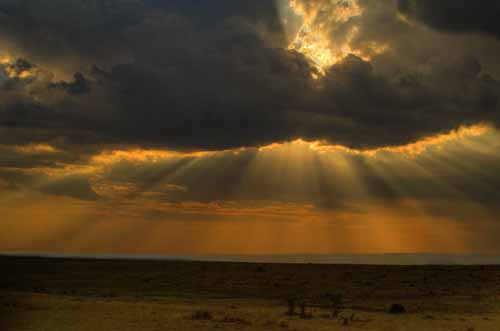
What is included:
all accommodations and meals
all government hotel taxes and service charges
all land transportation in safari vehicles
all National Park / reserve entrance fees
all Kenya internal air transportation as specified in itinerary
all portage and airport assistance
all bottled water
KPSGA certified guides
Temporary Flying Doctor (AMREF) emergency evacuation to Nairobi
Not Included:
air fare from U.S. to Kenya
laundry, beverages (coffee and tea are included), and other personal expenses
tips to camp employees
gratuities to driver/guides
Visa fees
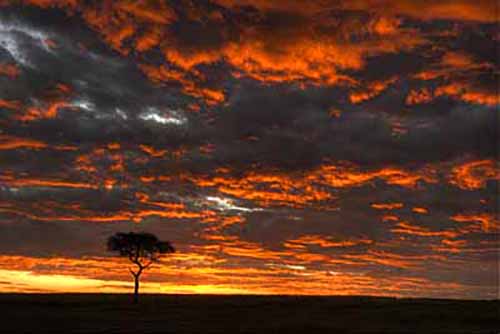
Cost:
Basic Trip (3 Locations) – $9875, single supplement $2150,
If requested, we will help you find a roommate, but if not found, you will be at the single rate.
Deposit $1000 required at registration, balance due November 15, 2018.
Cancellation penalties (dictated by outfitter):
Outside 120 days – 50% of deposit
120-91 days prior – loss of 100% of deposit
90-61 days – 30% loss of trip amount
60-31 days – 50% loss of trip amount
less than 30 days no refund
We recommend that you consider travel insurance to protect your investment in case some unforseen problem prevents you from completing the trip.
Minimum 5 Total People For Basic Trip to Operate at these prices.
We encourage you to register early, if we increase numbers higher than 5, we can rebate the price.
We recommend trip insurance for this trip.
Optional Amboseli Park add on
Feb 19 – Feb 25, 2019
Amboseli is another Kenyan park located near the border of Kenya and Tanzania. It is famous as the park with the most elephants and the best views of Mt. Kilimanjaro. It also has a wetlands area that is unique among Kenya parks. Add this on to the basic trip for the full Kenya experience. This extension will flow to the basic trip. The cost for this trip is $2950 double occupancy. Single supplement is $400. Minimum for this extension is 2 people. To do this extension, you would need to leave the US NLT Feb 19, arriving in Nairobi on Feb 20.
Schedule
Feb 19 – Depart US
Feb 20 – arrive Nairobi
Feb 21 – Nairobi city tour
Feb 22-24 – 3 nights Amboseli Park
Feb 25 – back in Nairobi to flow to 3 park trip.
Travel to Kenya
Traveling anywhere in today’s world climate is not riskless, but I have traveled to Kenya many times and I have not ever been concerned for my safety. Our guides are excellently trained and always keep us out of dangerous situations. We will spend minimal time in the cities and almost all of our time in the parks. We will be met at airport by our outfitter and driven by private van to our motel. We will not be traveling alone, but always escorted. Our outfitter has been leading safaris for many years and U.S. photo workshops have been operating in Kenya for over twenty years without incident. We believe that Kenya is no more dangerous than many other places through out the world where Americans travel every day. There has been zero Ebola in Kenya.
If you are a person interested in wildlife photography, Kenya is unequaled anywhere on earth. The number of animals, variety of species, and the proximity to our van make each day a new and different adventure. Kenya is now actively preserving its wildlife, hunting is illegal everywhere in the country. No where else can give you this type of photo experience. I hope you can join us and witness the Kenyan wildlife yourself. We anticipate this workshop will fill quickly, so sign up soon if you want to go.
Leapin’ Albie
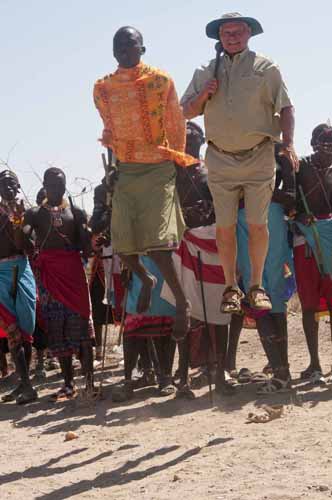
During a trip to Kenya, we visited the Samburu tribe. Part of their show for us was a jumping competition of the warriors. We sent Albie, our most seasoned warrior, to represent our group. As you can see he beat their best. Photo by Bill Kirms, with a little help from Photoshop.
“I can never thank Roger enough for the trip to Africa. It was very well planned to the last detail. David and Felix were the best guides in Africa. The chefs always cheerfully prepared my food to avoid my food allergies. the accommodations were excellent, especially the tents. Every day we saw lions and monkeys. The jackals with smiles on their faces captured my heart. In addition we photographed leopards, elephants, cheetahs, zebras, giraffes and a mother hyena nursing her young. I could go on and on but you get the idea. It was fantastic!” Penny, Coco Beach, FL
“Before your trip to Kenya we had previously taken a safari to Tanzania. I thought I had some very good images from that trip. The images from our Kenya trip were far superior to those I shot in Tanzania! Felix, Davis, and Joseph were excellent guides and really got us in position to take great images. There was a huge difference between a safari and a photo safari. Thanks for the trip of a lifetime. We hope to join you again.” Bill, Brick, NJ

